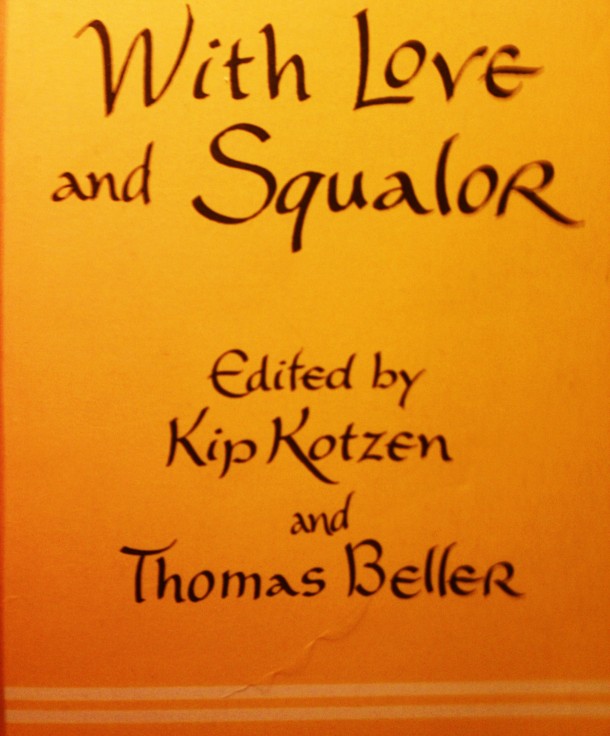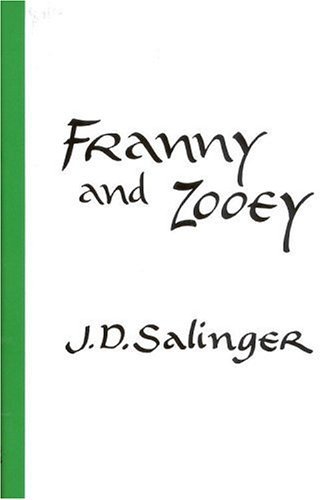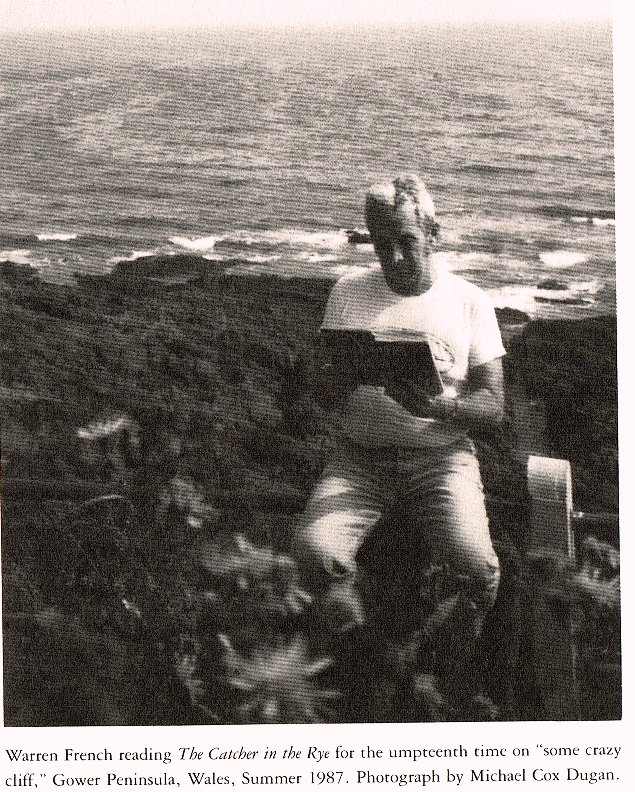MLA Citation:
Green, Martin. “Amis and Salinger: The Latitude of Private Conscience.” Chicago Review, Vol. 11, No. 4 (Winter, 1958), 20-25.
First Paragraph:
“J. D. Salinger and Kingsley Amis are brothers, with a common inheritance, tendency, and temperament.”
Summary:
Green points to similarities in the works of Salinger and Kingsley Amis, but says, “… the point is not that they are so similar, as that they are so different from everybody else.” (21) Green notes ways in which their styles differ from the Modernists, notably Hemingway , Faulkner, James, and Kafka. By comparison he says, Salinger and Amis are more playful with language and themselves, noting their sentences are “strikingly personal, self-conscious, clumsy, [and] “clever.” (21)
He notes that they write about similar people and stresses that this is why the sentences quoted from both authors’ characters are “equally the utterance of the author.” (22) Green states that the “crucial category … is the phony.” (22) The effort to be not phony and also not too kind or rude to those who are phonies leaves both authors’ heroes “unable to live a normal life” as they “fight a perpetual guerilla war with the ordinary world.” (22)
Green suggests that in spite of “temperamental and national differences” their situations have a similarity as well. He presents Amis as more interested in the squalid world and less forgiving of his characters, noting that Salinger’s central characters are “beautiful and much loved” and “never lose their natural dignity.” (22) Green also emphasizes that both writers are connected by their attention to characters’ language, specifically their slang and that their level of personalization is what separates them from other “comic” writers.
Moreover, Green says, the characters gain even more similarity during the serious points of their works. He labels both Salinger’s and Amis’s heroes as “puritanical” and “pedagogical,” noting how difficult it is to make characters sympathetic at the same time. (*Editor’s Note: While there is some didacticism in the example he gives of Franny speaking to Zooey, and even, it could be argued, some fanaticism, it is difficult I think to make the case that all of Salinger’s characters are this way.)
The main problem both writers tackle, Green argues, is “how to take one’s place in intelligent, privileged, ruling-class society–which presents itself to both of them as horribly inadequate and dangerous.” (24) Green asserts that Salinger and Amis provide “at last a positive , life-giving alternative” to the Modernism of Hemingway, Faulkner, Greene, Waugh, McCullers and others. (25)




